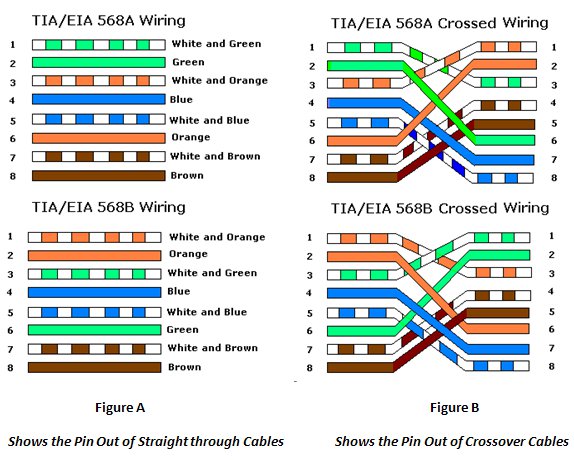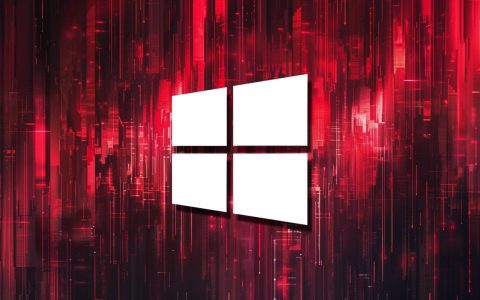A crossover Ethernet cable is a type of Ethernet cable used to connect two computing devices of the same type directly, such as two computers or two switches, without the need for an intermediary network device like a hub or a switch.
Purpose and Wiring
The primary purpose of a crossover cable is to allow direct peer-to-peer communication. Unlike standard straight-through Ethernet cables, where the transmit (TX) pins on one end connect to the receive (RX) pins on the other, a crossover cable has its internal wiring crossed. Specifically, the transmit pair at one end is connected to the receive pair at the other end, and vice versa.
For 10BASE-T and 100BASE-TX Ethernet, this typically means:

- Pin 1 (Transmit+) on one end connects to Pin 3 (Receive+) on the other end.
- Pin 2 (Transmit-) on one end connects to Pin 6 (Receive-) on the other end.
- Pin 3 (Receive+) on one end connects to Pin 1 (Transmit+) on the other end.
- Pin 6 (Receive-) on one end connects to Pin 2 (Transmit-) on the other end.
This wiring configuration is often achieved by terminating one end of the cable according to the T568A wiring standard and the other end according to the T568B standard. For Gigabit Ethernet (1000BASE-T), all four pairs are crossed.
Modern Relevance
Historically, crossover cables were essential for tasks like directly connecting two PCs for file sharing, connecting a PC to a router's console port (though a rollover cable is more common for console ports), or linking two switches to expand a network. However, most modern network interface controllers (NICs) and network devices now support Auto MDI-X (Automatic Medium-Dependent Interface Crossover). This technology automatically detects the type of cable connected (straight-through or crossover) and configures the connection appropriately. Consequently, the necessity for dedicated crossover cables has significantly diminished in contemporary networking, as straight-through cables can often be used in scenarios that previously required a crossover cable. While still functional, their specific requirement is rare today.











